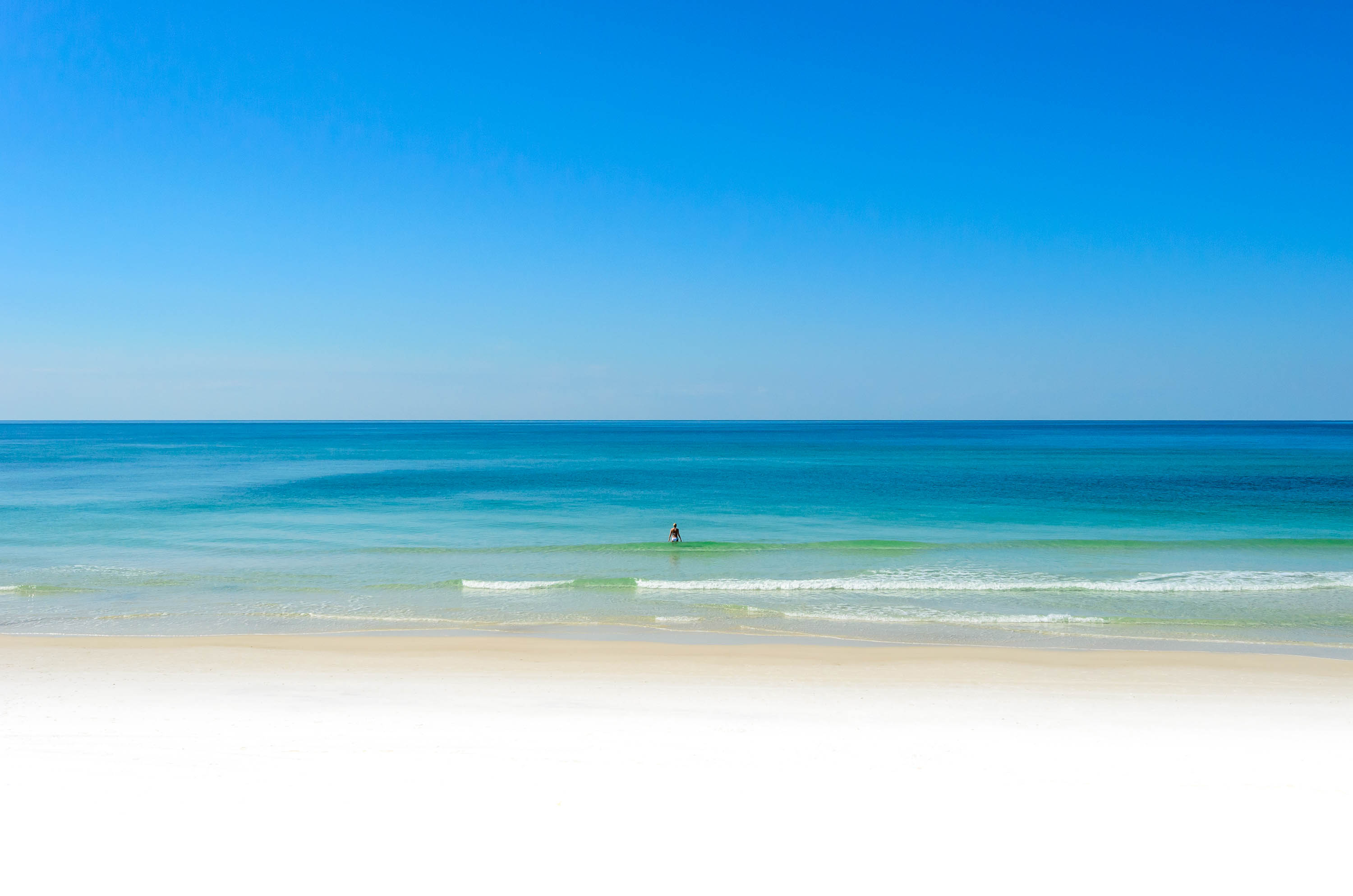During the most recent meeting of the Walton
County Board of County Commissioners (BCC), at the behest of BCC Vice Chair
Dan Curry, Interim County Attorney Clay Adkinson gave board members his legal
interpretation of House Bill 1622 regarding customary use of the beaches, which
was recently passed by the Florida Legislature.
Attorney Adkinson stated, “So, to directly answer your question, what happens on
day one after the governor signs this bill? The simple answer is, legally, nothing
changes on the Walton County beaches.”
Adkinson reminded everyone that the Walton County Customary Use case had
been scheduled for trial in the summer of 2023. Certain parts of the case were
settled while certain parts of the case were dismissed. However, certain parts of the
case were tried through summary judgment proceedings, with judgments entered in
January and February of 2024.
“The Legislature has repealed a prior bill that passed – but the Legislature does not
undo the legal significance of that case,” said Adkinson. “So, it’s very important to
recognize that this bill has a profound effect on any city or county in the state of
Florida for which customary use litigation has not already occurred. But for Walton
County, ours has,” he added. “And so, what happens on day one? Nothing.”
However, Adkinson noted that the bill does have immeasurable impact and opens
the door on what this board has already discussed was its ultimate intention – to
look at having as much of a uniform set of public use rights on our beaches as
possible.
“We broadly have that in Miramar Beach, from Topsail to the county line going to
Okaloosa. That’s because there’s an erosion control line (ECL) that was established
following a beach restoration or beach renourishment project,” said Adkinson.
“When that ECL was established by state law, all lands lying seaward of that ECL
inured to the state and the benefit of the public. That case has been litigated and
gone all the way to the U.S. Supreme Court from Walton County and Florida
Department of Environmental Protection (DEP). Walton County and Florida DEP
prevailed.”
In other words, the public has a right to be seaward of that ECL. Walton County
does not generally allow vending seaward of the ECL. Current vending permits
also prohibit such activity. If a vendor is acting to remove or block the public, just
in general, from land seaward of the ECL, they are out of bounds.
So, what did the bill do?
Attorney Adkinson stated that the bill recognized that Walton County has a
‘critically eroded’ shoreline. More importantly, the bill recognized that the state has
officially taken the position that it does not require the inclusion of a public
dedication or a public easement as part of any beach restoration project.
Adkinson further explained, “It’s very well-known that the county has over $60
million allocated from one of our beach renourishment (sales tax) pennies; there’s
over $60 million of federal funds allocated to match that for our hurricane storm
damage reduction plan. “
So, where are we now?
Adkinson explained that, because of prior direction from the board, “the county is
continuing to move forward on our hurricane storm damage reduction plan and all
beach restoration or renourishment opportunities, under the very simple concept
that if there is not a beach to use, because it goes away in a storm, there is
necessarily going to be no public use rights. But the more beach there is, especially
with an ECL, all those lands seaward create more public use rights,” he said.
“So, what this bill does for Walton County specifically, is creates a path for us to
work toward renourishment, restoration, and similar terms, that would establish an
ECL, hopefully from county line to county line, so that we can make use of those
federal monies before they expire,” he said, “and that we can do so without the
hurdles that previously blocked this type of project from happening back in 2016.”
Adkinson then answered questions about the establishment of a definitive ECL and
how both the public and law enforcement would be able to ascertain where the
ECL is without additional markers or signs.
“We did just go through a very detailed survey process and are actively uploading
that survey data ... Based on the new survey – because we have more data points –
such as where a boardwalk stops and we can now measure more footage, we can
dial that number in. The idea is, we want to shrink that (+/-) 15 feet (margin of
error) to get it almost as exact as possible,” he replied.
Adkinson went on to say, “That ECL was established well over a decade ago.
We’re getting back almost 20 years ago now. What we’re doing now by having
these data points on the surveys ... is the ECL that will be established as part of
any future project, is going to have a higher level of definition attached to it than
what was previous. A lot has changed in the last 17 or 18 years ... but once that
GIS data set is uploaded, I think its going to dial it in even tighter than Miramar
Beach and we’re going to have less margin of error.”
Adkinson concluded by saying, “This, for us, is not the first step in re-establishing
and restoring public use rights across more of our beaches – we have already taken
those first steps – but this is a huge assist from our legislative delegation in the
Florida Legislature to help us with that.”
